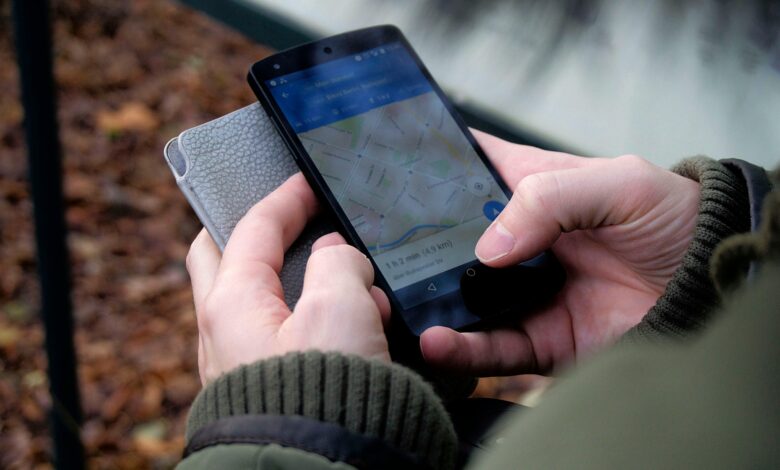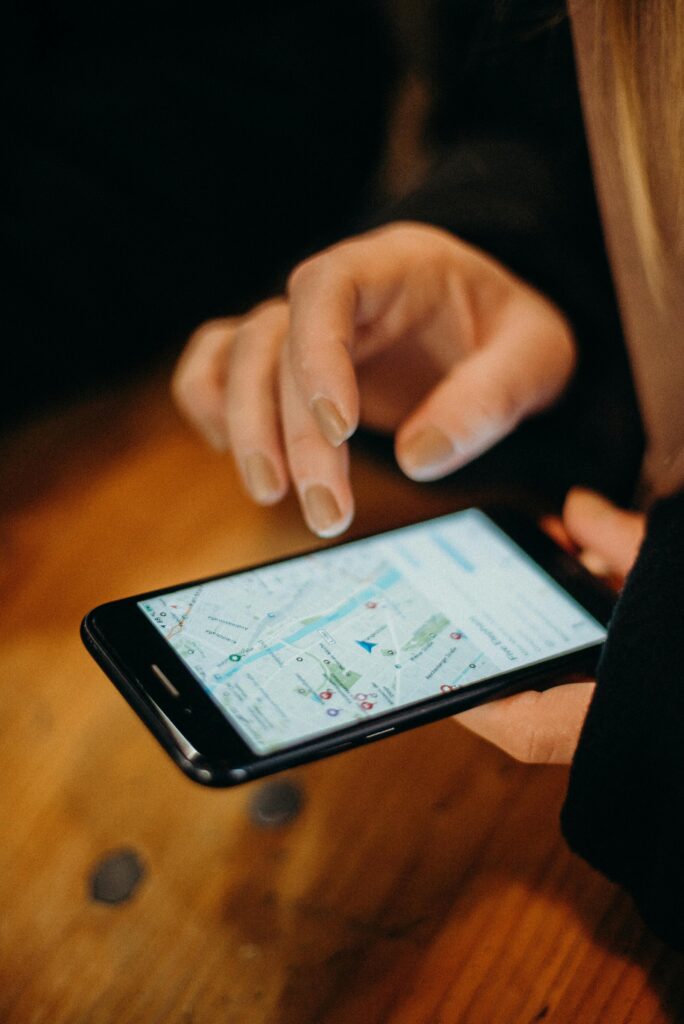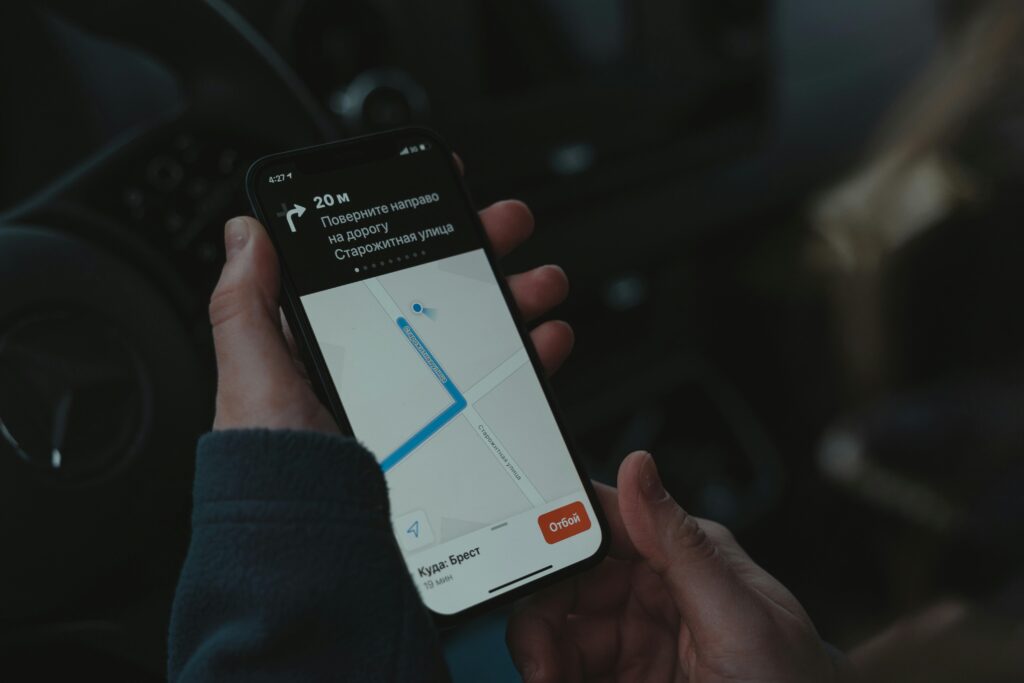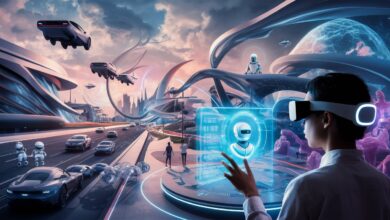Geolocation Demystified: A Beginner’s Guide to Understanding

Geolocation is the bedrock of many of our digital experiences, from pinpointing your location on a map to receiving a notification about a sale at your favorite store nearby. It’s an invisible force shaping the world around us, but have you ever stopped to think about what it truly entails?
What is Geolocation, and Why Does it Matter?
Geolocation refers to the identification or estimation of the real-world geographic location of an object, such as a radar source, mobile phone, or Internet-connected computer terminal. It’s the critical link between the digital and physical worlds, enriching our daily interactions and experiences in ways we often take for granted.
Imagine navigating a foreign city without Google Maps, or receiving local weather updates while planning your day on the Bosphorus Strait. Geolocation isn’t just convenient; for many, it’s become an indispensable tool for productivity, safety, and leisure.
Understanding Geolocation Technology
Geolocation technology relies on various sources and methods to determine location. GPS satellites, Wi-Fi networks, and cell towers work in concert to provide precise or general estimates, depending on the context and available data. This section will take you through the basics of how geolocation works and its diverse applications.
How Geolocation Works
GPS, or Global Positioning System, is the most familiar form of geolocation for many. This constellation of satellites orbits the earth, constantly transmitting data that can pinpoint a user’s location with an impressive degree of accuracy. Devices with GPS receivers can lock onto these signals to establish location, speed, and time, making everything from marine navigation to social media check-ins possible.
Uses and Applications in Daily Life
Geolocation technology extends far beyond personal navigation. Ride-sharing apps use it to match you with the nearest driver, fitness trackers use it to map your jogging routes, and social media uses it to tag your photos. But geolocation also enables more complex tasks, like tracking fleet vehicles, surveying land, and finding lost hikers.

The Benefits of Geolocation in Our World
The integration of geolocation technology into our digital tools yields myriad benefits, enhancing convenience, making businesses more efficient, and driving innovation forward.
Enhanced User Experience
Think about the last time you used an app that asked permission to use your location. The result is often a more personalized experience, with content, services, or suggestions tailored to where you are.
Targeted Marketing
Geolocation is a goldmine for marketers aiming to deliver targeted messages. By understanding where consumers are, businesses can serve ads or promotions relevant to their location. This can be as broad as targeting a city with a general promotion, or as specific as sending a push notification when a user walks by a store.
Improved Logistics and Resource Management
Geolocation isn’t just for finding the closest coffee shop — it’s also a powerful tool for businesses managing fleets, inventory, or services.
The Challenges and Concerns of Geolocation
Amidst the excitement over geolocation’s capabilities, there are valid concerns related to privacy, data security, and the technology’s limitations.
Privacy Issues
The same technology that makes geolocation services so convenient also raises red flags regarding personal privacy.
Accuracy and Reliability
Geolocation can be imprecise — urban canyons, dense forests, and indoor environments can all disrupt signals and lead to flawed data. Improving the technology is an ongoing challenge, as is ensuring that location-based services are reliable enough to be truly useful.
Future Trends in Geolocation
Looking ahead, geolocation technology is set to open up a host of new possibilities as it becomes more integrated with other emerging tech trends.
Augmented Reality (AR) Integration
Geolocation and AR are a match made in heaven. By overlaying digital information on top of the real world, AR apps can become location-aware, offering users a seamless and contextual experience that could revolutionize how we interact with the spaces around us.
Internet of Things (IoT) and Smart Cities
In the not-so-distant future, entire cities could be managed and optimized thanks to geolocation and IoT. Smart traffic lights could adapt in real-time to alleviate congestion, garbage collection routes could be dynamically adjusted based on fill levels, and emergency services could respond more swiftly and effectively to incidents.

In Conclusion
Geolocation technology is an invisible force that has already transformed our day-to-day lives. By understanding its basics, appreciating its benefits, and staying informed about its challenges, we can all be more savvy consumers of this powerful technology. And as the field continues to evolve, so too will our opportunities to make more informed, location-aware decisions both online and off.
For sustainability enthusiasts and eco-conscious consumers, geolocation can offer insight into making more environmentally friendly choices by locating local resources and reducing unnecessary travel. For businesses, it’s a treasure trove of data, ripe for analysis and application.



